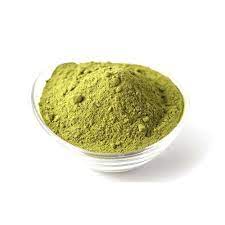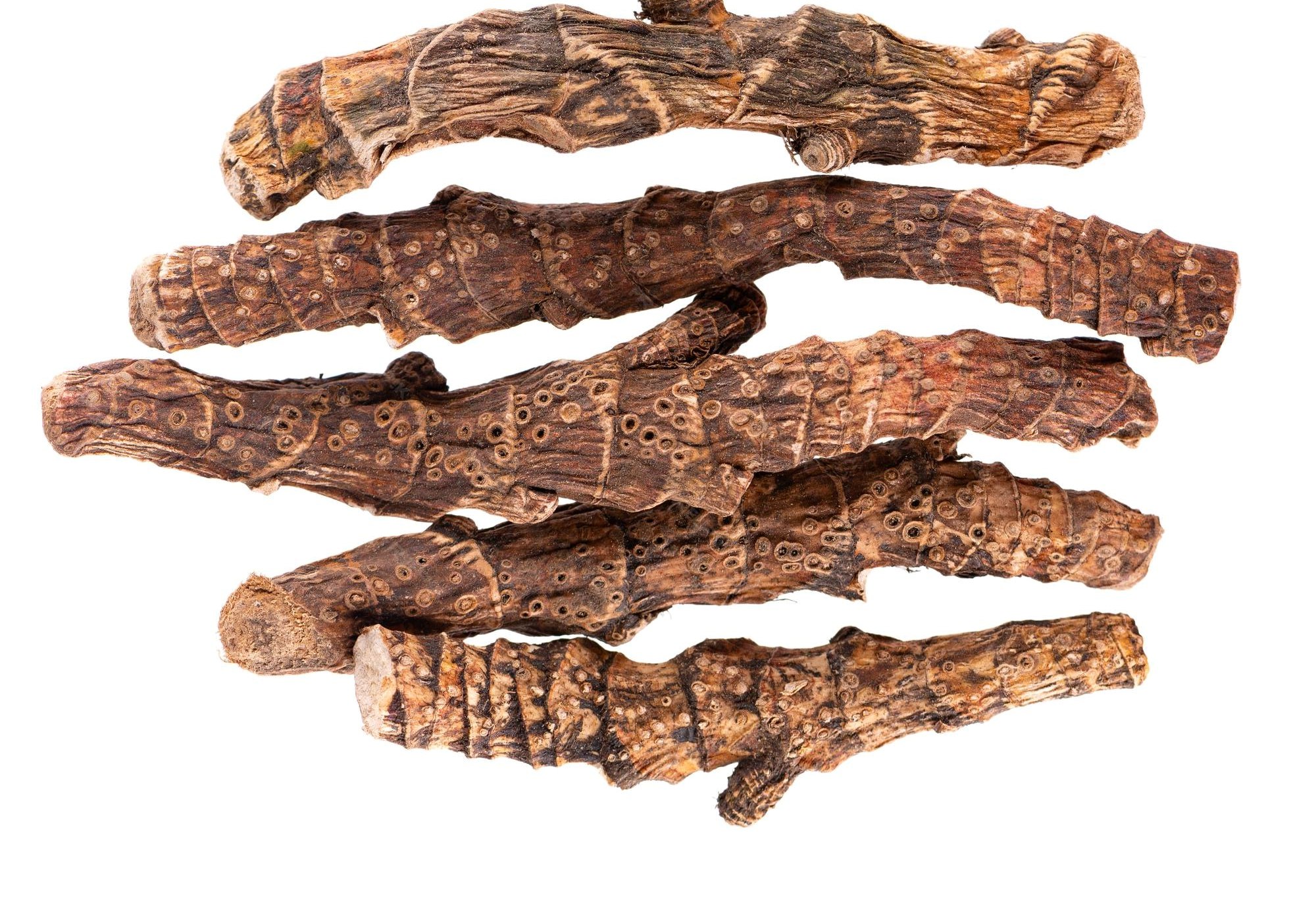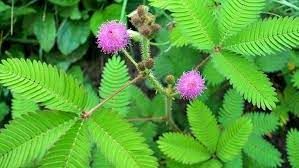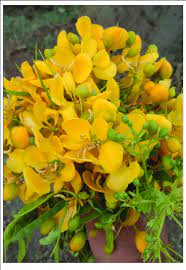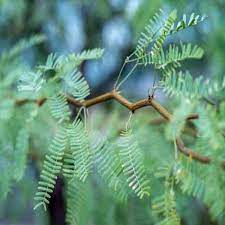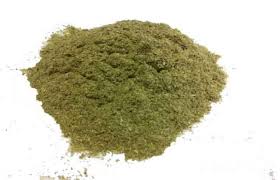What is Coconut Flower and How is It Harvested?
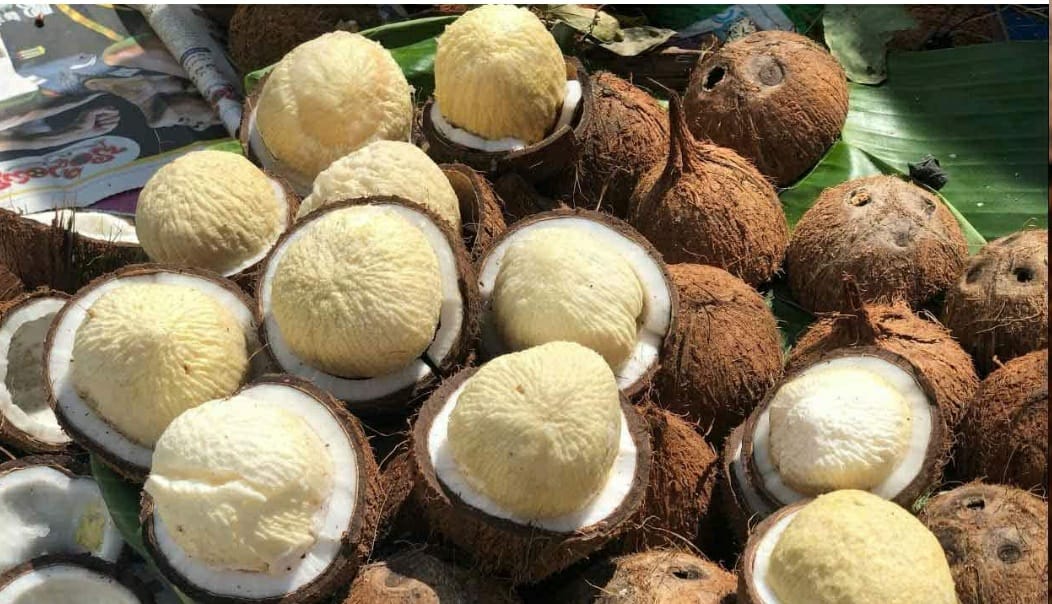
The coconut palm is often called the "tree of life" because of the wide range of products it provides, from coconut water to coconut oil and coir. One of its lesser-known but equally important gifts is the coconut flower, a part of the palm that has been used for centuries in traditional cultures, especially in tropical regions. But what exactly is a coconut flower, and how is it harvested?
What is Coconut Flower?
The coconut flower grows in clusters at the top of the coconut tree, encased in a sheath known as the spathe. These flowers are the reproductive part of the tree and can produce coconuts or, when tapped, provide the sap used to create various coconut products, such as coconut sugar, nectar, vinegar, and even alcoholic beverages like toddy.
While the coconut fruit is widely recognized, the flower often flies under the radar. However, its sap is a key ingredient in many sustainable and natural food products. The flower contains both male and female parts, with the female flowers eventually developing into coconuts if left on the tree.
Harvesting Coconut Flower Sap
The process of harvesting sap from coconut flowers is an ancient tradition, passed down through generations in many tropical regions, particularly in Southeast Asia and the South Pacific. Here's how it's done:
-
Selecting the Flower:
Not every coconut flower is tapped for its sap. Farmers carefully select mature unopened coconut flowers, usually those that are healthy and have not yet begun to form coconuts. A healthy spathe is important for producing high-quality sap. -
Tapping the Flower:
Once selected, the spathe is cut open to expose the flower stalks. The flower stalks are gently tapped, which causes the sap (also known as neera or toddy) to flow. The sap is a sweet, clear liquid that flows freely when the stalk is properly tapped. -
Collecting the Sap:
The sap is collected in containers that are tied to the flower stalks. Farmers check and replace these containers multiple times a day because the sap flows continuously for about 20-25 days. On average, a single coconut flower can produce several liters of sap per day. -
Processing the Sap:
Fresh sap is highly perishable, so it needs to be processed quickly. It can be boiled down to make coconut sugar or nectar, fermented to produce coconut vinegar, or used to create alcoholic beverages like toddy. For coconut sugar, the sap is boiled and evaporated to crystallize into small granules. Coconut nectar is derived from a similar process but results in a syrupy texture.
Sustainable Harvesting Practices
One of the major benefits of harvesting coconut flower sap is that it does not harm the coconut tree or its ability to produce coconuts. Farmers can tap some flowers for sap while leaving others to develop into coconuts, ensuring that the tree continues to provide multiple resources.
Additionally, harvesting coconut flower sap is considered an eco-friendly practice because the process requires minimal energy and does not involve harmful chemicals or fertilizers. The entire system relies on traditional farming techniques that are both sustainable and environmentally friendly.
Uses of Coconut Flower Sap
Once the sap is collected, it is used to create a variety of coconut-based products:
- Coconut Sugar: Known for its low glycemic index and rich mineral content, coconut sugar is a popular natural sweetener.
- Coconut Nectar: This syrup is often used as a sweetener in beverages, desserts, and marinades.
- Coconut Vinegar: Similar to apple cider vinegar, coconut vinegar has probiotic properties and is often used in cooking or as a health tonic.
- Toddy: A traditional fermented drink made from coconut sap, toddy is an alcoholic beverage enjoyed in several tropical regions.
Conclusion
The coconut flower is an important part of the coconut palm, providing a rich source of sap used to create numerous healthy and sustainable products. The tapping and harvesting process is both traditional and environmentally friendly, making coconut flower products an appealing choice for those seeking natural alternatives to refined sweeteners and processed foods.
As more people become aware of the versatility and benefits of coconut flower sap, its popularity continues to grow in health-conscious and eco-friendly communities.
Click here to buy coconut-flower in hbkonline store.



